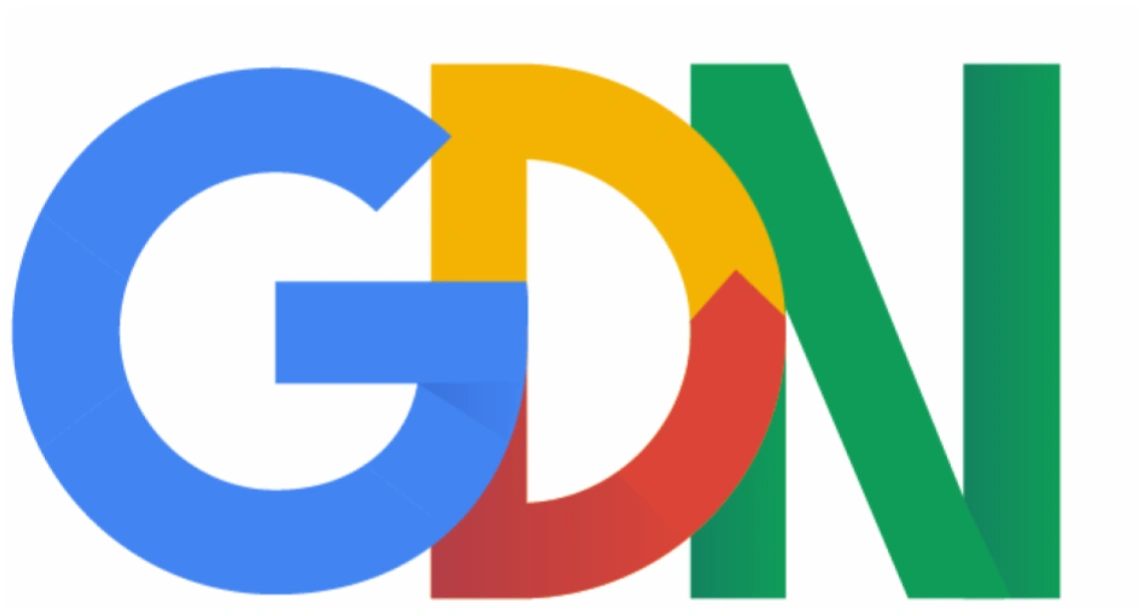Google Ads Rolls Out a New Conversion Metric. What It Really Means for Your PPC Results in 2026

Google has introduced a new metric in Google Ads called Original Conversion Value. At first, it looks like a simple column update, but it changes how advertisers measure performance and understand revenue accuracy. For years, smart bidding has relied on conversion values that include value rules, new customer bonuses and uplift adjustments. These enhancements often inflate the numbers, which makes it harder to see the true value a campaign produced.
Original Conversion Value finally separates real, raw revenue from Google’s internal adjustments. For performance-focused advertisers, this gives a much cleaner baseline for reporting, forecasting and budget decisions. It also reduces the risk of making strategy calls based on inflated data.
This shift has major implications for agencies preparing for 2026, where search behaviour is changing quickly and margin-focused optimisation is becoming more important. Clear, honest data will outperform inflated metrics every time.
Understanding the Two Conversion Value Metrics
To understand why this update matters, it helps to look at what each value metric includes and how they work. Many advertisers have never seen the difference in a simple format because it has never been separated like this before.
The table below shows how the two metrics compare side by side. This helps clarify when to use each one, how each value is calculated and how it influences bidding.
Why Original Conversion Value Is a Big Deal
- It gives advertisers a true baseline - You can finally see what campaigns produced without uplift or bonuses. This removes confusion and makes performance reviews more accurate.
- It protects budgets from overbidding - If the adjusted value has been inflating your account, automated bidding may have been too aggressive. The raw figure helps correct that.
- It sharpens forecasting - Quarterly plans become more reliable because they are based on real revenue instead of modified value.
- It improves client trust - Clients appreciate honest reporting. Showing the raw number strengthens transparency and builds confidence in your strategy.
How to Measure Inflation in Your Account
Now that two value columns exist, advertisers can quickly see how inflated their performance metrics have been. A simple ratio reveals this instantly.
To help interpret that ratio, here is a breakdown of what different ranges indicate and what actions typically follow.
A Simple Example to Show How It Works
Imagine a campaign that shows:
- Conversion Value: £120,000
- Original Conversion Value: £90,000
The ratio is 120000 divided by 90000, which equals 1.33. This indicates heavy inflation. In this case, the account is bidding as if it created 120k in value when the true number is 90k. Over time, this leads to unnecessary spending and misguided bidding decisions.
The new metric highlights this problem instantly, which helps advertisers correct their optimisation faster.
How Agencies Should Use This Update Right Away
- Add the new column across the interface - Display Original Conversion Value in campaigns, ad groups and portfolio strategies.
- Create a monthly ratio report - Track the difference between raw and adjusted value to uncover long-term patterns that influence budget allocation.
- Audit the last three to six months - Check whether value rules or customer modifiers have distorted previous results.
- Update ROAS and CPA targets - Use the raw value as the foundation for new, more realistic goals.
- Review value rules and bonuses - Adjust or remove anything outdated that inflates your data.
- Add a transparency note for clients - Explain that value adjustments exist and show both the raw and adjusted figures in reporting.
What This Means for 2026 PPC Strategy
Search behaviour is shifting rapidly due to AI and new forms of answer engines. As more advertisers move toward margin-based decisions, accuracy becomes a competitive advantage. Original Conversion Value gives agencies a reliable truth layer that is not influenced by Google’s internal adjustments.
Brands that adopt this metric early will make stronger decisions, avoid wasted spend and forecast more confidently. It also supports clearer client communication, which strengthens long-term relationships.
FAQ Section
What is the Original Conversion Value in Google Ads?
It is a new metric that shows the raw revenue recorded at the moment of conversion. It removes uplift modifiers, value rules and new customer bonuses so advertisers can see the true value generated.
How is Original Conversion Value different from Conversion Value?
Conversion Value includes all adjustments Google applies, such as value rules and customer-based bonuses. Original Conversion Value removes all of that and shows the baseline figure.
Why did Google introduce this metric?
Advertisers have been requesting more transparency in value reporting. The new metric helps agencies understand real revenue performance and prevents inflated data from influencing bidding.
Does this metric affect smart bidding?
Smart bidding still uses the adjusted value unless you change your setup. However, Original Conversion Value gives you a clear way to audit whether smart bidding has been overestimating performance.
Will this change my ROAS targets?
Many advertisers will update ROAS goals if their adjusted values were significantly inflated. Working from the raw number produces more accurate target setting.
Should every account track the new metric?
Yes. Any advertiser focused on profitability, forecasting accuracy or transparent reporting should add the column immediately and track the ratio between adjusted and raw values.
How often should I review Original Conversion Value?
Most agencies will monitor it monthly. High spend accounts may choose to review it weekly to stay ahead of inflated data that can distort bidding efficiency.
What should I do if my ratio is very high?
A high ratio suggests your performance has been significantly inflated. You should review value rules, check customer bonuses, tighten ROAS targets and run a full campaign audit.
.avif)








